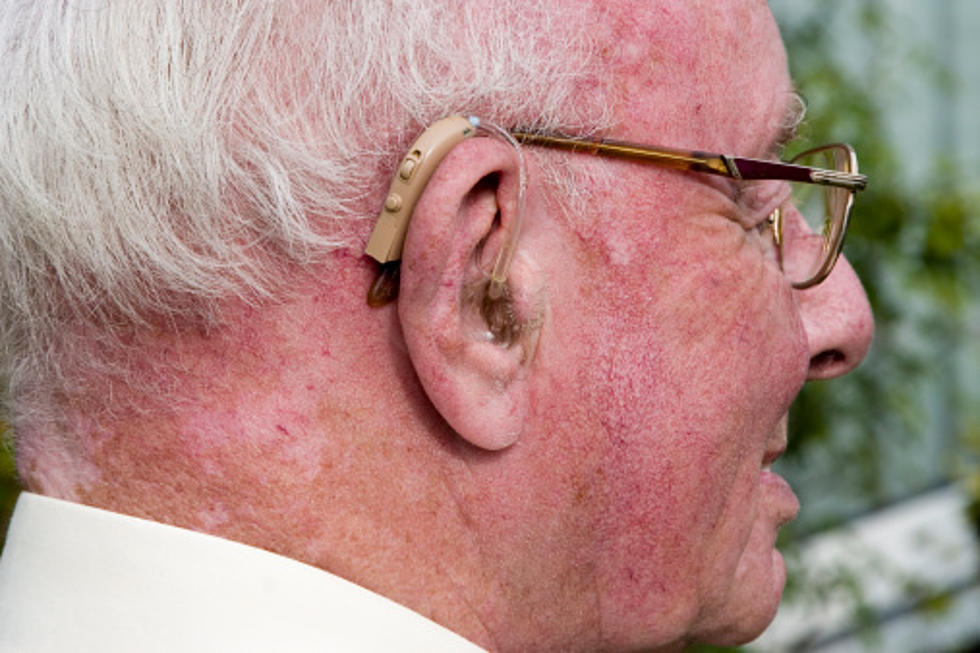
BLM Announces $26.9 Million for Landscape Restoration in Montana
The Bureau of Land Management announced Wednesday (May 31, 2023) that it will invest $26.9 million from the Inflation Reduction Act for the protection and conservation of important wildlife habitats, watersheds and recreational opportunities on public lands in Montana. This funding will be focused in three landscape areas called the Blackfoot-Clark Fork, Hi-Line Sagebrush Anchor, and the Missouri Headwaters Restoration Landscapes.
This funding is part of the BLM’s announcement to invest $161 million in ecosystem restoration and resilience on the nation’s public lands. The work will focus on 21 “Restoration Landscapes” across 11 western states, restoring wildlife habitat and clean water on public lands and strengthening communities and local economies.
These investments follow the release of the Department’s restoration and resilience framework to leverage historic investments in climate and conservation to achieve landscape-level outcomes across the nation. The Department is implementing more than $2 billion in investments to restore the nation’s lands and waters, which in turn is intended to help meet the conservation goals set through the Biden Administration's "America the Beautiful" initiative.
"Our staff is excited about the opportunity this investment provides to make a meaningful impact on public lands in Montana" said Sonya Germann, the BLM Montana/Dakotas State Director. "This will allow us to work with a variety of important partners to conduct major restoration efforts on three large landscapes we know are important to the residents of the Treasure State."
At the Blackfoot-Clark Fork Landscape Restoration Landscape, forest watersheds, lands with associated treaty rights and aboriginal connections, and places for outdoor recreation come together where these two storied rivers merge. Big game, grizzly bears, Canada lynx and bull trout habitat have all felt effects of former industrial logging and the growing pressures of climate change. Restoration here, in young to medium-age forests, decommissioning legacy roads, and repairing perennial streams will put people to work creating healthy forestland and wildlife habitat on the edge of one of the state’s largest cities, and ensure that the Blackfoot’s tributaries deliver clear, cold water to one of the state’s most beloved rivers.
Some of the largest intact grasslands left in North America support numerous at-risk grassland bird species, hold priority habitat for greater sage-grouse and critical winter and migration habitat for elk, deer and pronghorn. The short-grass prairie of the Hi-Line Sagebrush Anchor Restoration Landscape in north central Montana is an extremely popular destination for hunting, fishing and bird watching. As drought continues, restoration investments are meant to improve mesic and woody draw habitats; increase native plant diversity and remove encroaching conifers and anthropogenic features that threaten sage-grouse survival.
Bridging two of the West’s iconic landscapes – the Greater Yellowstone and the Crown of the Continent – the Missouri Headwaters Landscape Restoration Landscape encompasses high-elevation mountain ranges, expansive sage-steppe and large, productive valleys that serve as a stronghold for wildlife that have disappeared from much of their historic range. This unique ecosystem is home to grizzly bear, westslope cutthroat, Arctic grayling, pronghorn, Greater sage-grouse and whitebark pine. Sagebrush grasslands anchor ecological systems and support multi-generational family ranches intermixed with public land as well as support vital recreational economies. Investments in restoration are intended to ensure these systems support people and wildlife alike into the future.
Efforts in these restoration landscapes are meant to improve the health of public lands that are being significantly degraded by invasive species, unprecedented wildfire events, unregulated use, and climate change. With these investments, landscapes will be better able to provide clean water, habitat for fish and wildlife, opportunities for recreation, and will be more resilient to wildfire and drought.
Resilient public lands are critical to the BLM’s ability to manage for multiple use and sustained yield. Once-in-a-generation funding from the Inflation Reduction Act will be directed to landscapes where concentrated, strategic investment through partnership can make the most difference for communities and public resources under the BLM’s management.
President Biden’s Investing in America agenda is growing the American economy from the bottom up and middle out – from rebuilding our nation’s infrastructure, investing in nature-based solutions, and driving over $470 billion in private sector manufacturing and clean energy investments in the United States, to creating good paying jobs and building a clean energy economy that will combat climate change and make our communities more resilient. The funding announced today complements the $506,250 of funding these areas have received from the Bipartisan Infrastructure Law.
Learn more about the BLM’s restoration landscapes at BLM’s StoryMap.









